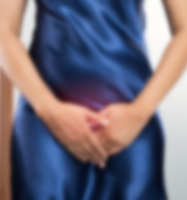Fatal myocarditis after vaccination
Thousands of case reports of myocarditis after COVID-19 vaccination have been published in medical literature. Some of them were fatal. A 27-year-old athletic man was transferred to the emergency room due to cardiopulmonary arrest 8 days after the first dose of the mRNA-1273 SARS-CoV-2 vaccine (Moderna, Cambridge, MA, USA). His teammates called for an ambulance when he was found sitting unconscious during practice. A chest radiograph obtained in an emergency room showed an enlarged heart and pulmonary congestion (Panel E). The patient had undergone orthopedic surgery 3 months before the recent hospitalization. An electrocardiogram (ECG) abnormality and mild cardiac shadow enlargement in chest radiograph had been also noted preoperatively ( Panels B, D); however, since he was asymptomatic, no further examination was performed. E ndomyocardial biopsy performed before death showed no evidence of myocarditis; therefo...





